
Experimental Machines
Magnet Array Possibilities
Magnet Array Possibilities

A double row circular Halbach Array in which the magnets are arranged both circumferentially and radially. I have not built this yet, but it should prove quite powerful. I have built a single row using round magnets. I call this an enhanced Halbach Array.
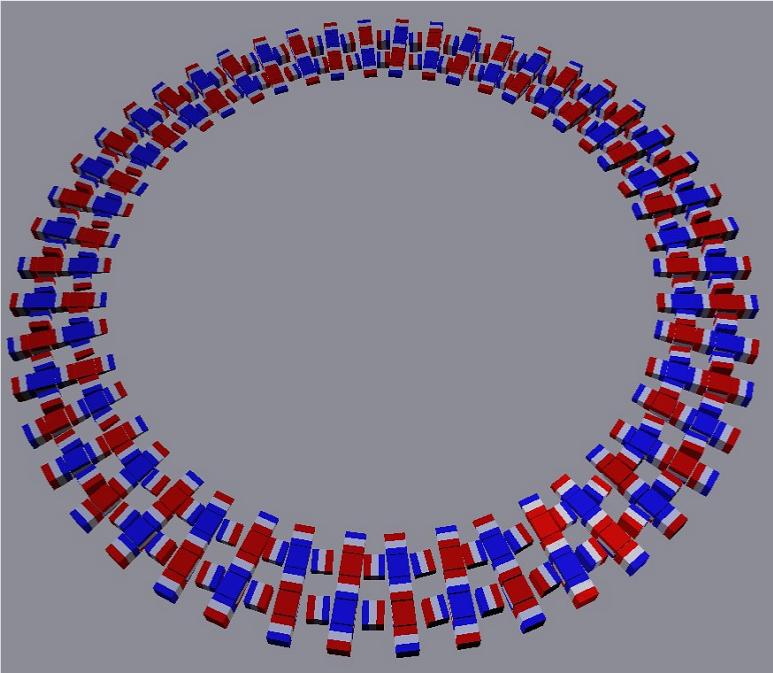
For a small diameter this layout would have gaps in the outer ring. If the magnets are 10mm cubes it would be ideal around a large 2.5 meter ring as the gaps would be imperceptible.
A better drawing below shows a 600mm circle.
A better drawing below shows a 600mm circle.
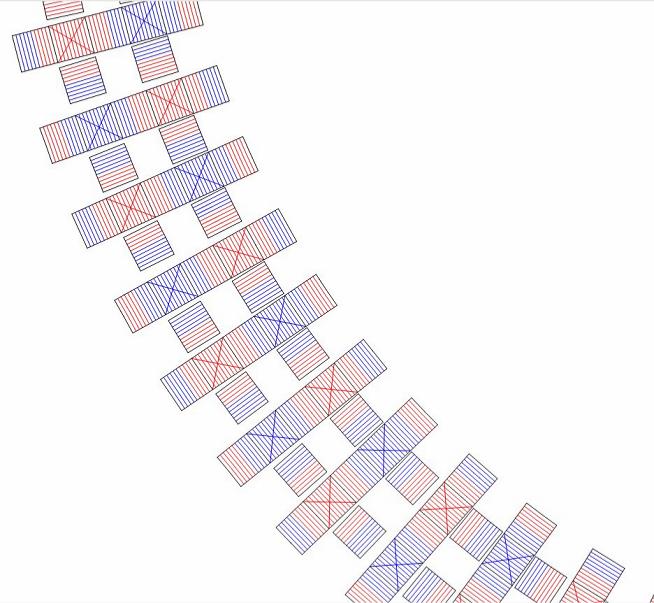
148 Magnets around circumference
37 Groups of 4 rows.
14 magnets per group
518 magnets. 10mm
Volume 1 cube magnet 1000mm3
Volume 1 cylinder magnet 785mm3
Cube magnets would be easier to assemble
and about 25% more powerful. I have cylinder
magnets on hand.
37 Groups of 4 rows.
14 magnets per group
518 magnets. 10mm
Volume 1 cube magnet 1000mm3
Volume 1 cylinder magnet 785mm3
Cube magnets would be easier to assemble
and about 25% more powerful. I have cylinder
magnets on hand.
A 600mm outer diameter ring can be done with
39 groups of 4. Very tight tolerances 0.27mmbetween inner row magnets. It would have 546 magnets. Extemely powerful. And expensive.

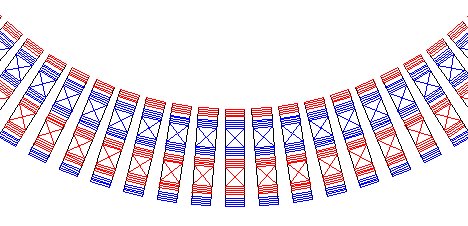
This is another Halbach Array variation. This would retain the powerful Halbach magnetic flux density and would create a non alternating field. If the spacing was reduced to a minimum then the magnetic fields could be even more powerful. This is because magnetic field strength is said to increase linearly when stacked magnetically North pole to South pole, but to increase exponentially when stacked side by side with same pole facing up.
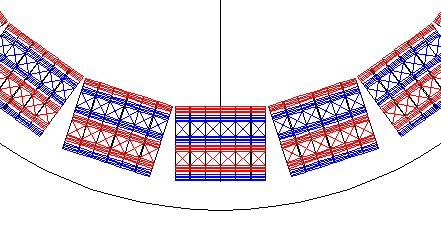
450mm diameter to centerline of 120 Halbach Arrays. 20 blocks of 6. Some could be reversed to create various alternating fields. Removable arrays would allow for testing variations. 2.1mm inner gap. Circumference at centerline 1413mm. Rotational distance per minute at 1000rpm = 1413 m or 23.55 mpsec or 84.78 kph
Halbach Arrays should result in an extra exponential increase in flux density when arranged in this way. This layout would be OK with 10mm cylinder or cube magnets.
Blocks of 5 x 12mm cubes would also fit with extra width to the outside. This should be very powerful.
Halbach Arrays should result in an extra exponential increase in flux density when arranged in this way. This layout would be OK with 10mm cylinder or cube magnets.
Blocks of 5 x 12mm cubes would also fit with extra width to the outside. This should be very powerful.
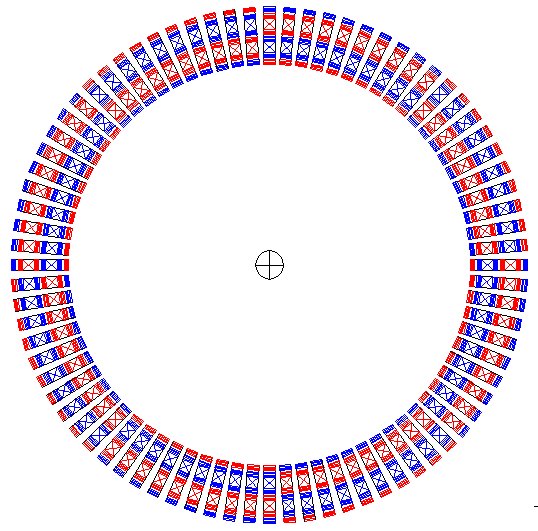
Another variation. 80 Halbach Arrays in blocks of 10 non alternating, with 8 blocks reversed polarity. This would give an alternating or pulsing DGF. This could be done in any combination. It is possible that the Schumann Resonance of about 7.83 Hz, which is similar to human brain wave frequency, may be a safe pulsing rate, or may simply work best. This rate could only be achieved with large diameter rotors.
Or opposing rotors could have different layouts. The example pictured here could mate with a rotor with blocks of 8 non alternating and 10 of these blocks with reversed polarity. 
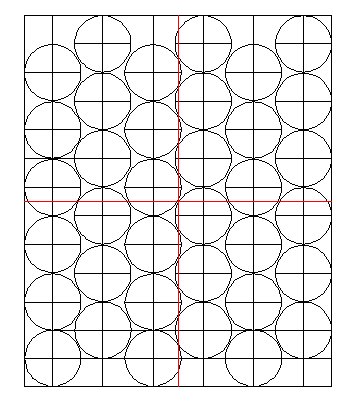
36 10mm x 10mm cyl magnets with same pole facing. 54.56mm x 65.90mm. Double sided. Could be used with a rotor each side counter rotating. Or could be rotating, with a counter rotating pair of conductor rotors each side. Any length of magnet could be used, unlike Halbach Arrays.
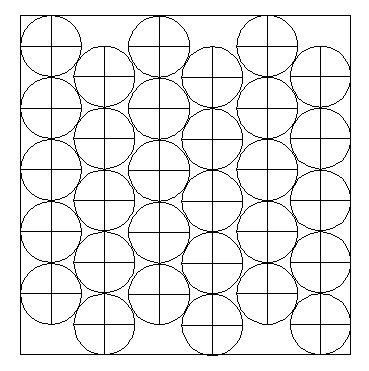
12mm diameter magnets are shown here. They fit into a 65.06 x 66.81 rectangle.

